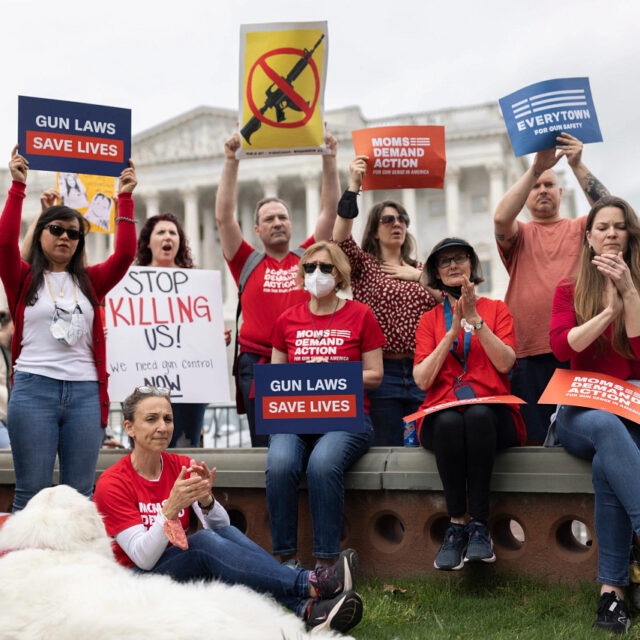High-capacity magazines are exceptionally deadly.
High-capacity magazines, defined under H.R. 1186 as ammunition feeding devices capable of holding more than 10 rounds, allow a shooter to fire more rounds without pausing to reload.
Many standard high-capacity magazines hold 30 rounds and can be purchased for as little as eight dollars, and firearm accessory companies are using new technology to produce reliable high-capacity magazines that hold anywhere from 40 to 100 rounds.
Shootings involving high-capacity magazines result in more fatalities and injuries than those that do not involve them. Indeed, mass shootings between 2009 and 2017 involving high-capacity magazines resulted in twice as many fatalities and 14 times as many injuries than those that did not.
High-capacity magazines are frequently used in mass shootings, resulting in more deaths and injuries.
The August 2019 Dayton, Ohio shooter used a rifle equipped with a high-capacity drum magazine capable of holding 100 rounds. Though law enforcement stopped the shooting in about 30 seconds, the shooter was able to fire dozens of shots—and kill 9 people—largely because of the magazine capacity.
Over the past decade, the four deadliest mass shootings in America involved the use of high-capacity magazines. In fact, 60 percent of mass shootings between 2009 and 2017 were committed with firearms equipped with high-capacity magazines.
Mass shooters aiming to inflict maximum casualties often seek out high-capacity magazines. For example, a witness to the purchase made by the 2009 Fort Hood, Texas mass shooter said, “He gave me two specifications. He said he wanted the most technologically advanced weapon on the market and the one with the highest magazine capacity.”
High-capacity magazines are regularly used in the daily crimes that plague our nation.
Firearms equipped with high-capacity magazines account for 22 to 36 percent of crime guns across most of the country, and approximately 40 percent of cases involving serious violence, including homicides of law enforcement officers.
Congress can reduce gun violence by prohibiting high-capacity magazines.
H.R. 1186 would make it unlawful for a person to import, sell, manufacture, transfer, or possess high-capacity magazines. The prohibition would not apply to a device lawfully possessed prior to the enactment of the law.
Since the expiration of the federal high-capacity magazine and assault weapons prohibition in 2004, the use of high-capacity magazines in crime guns has grown substantially.
For example, in Virginia, the federal prohibition was associated with significant reductions in the share of crime guns equipped with high-capacity magazines, down to an all-time low of 10 percent before the law expired in 2004. By 2010, the share of Virginia crime guns equipped with high-capacity magazines increased to 22 percent.
Nine states and DC regulate high-capacity magazines. States with these laws experience mass shootings at less than half the rate of states without restrictions.
Indeed, according to a Boston University researcher, “Whether a state has a large capacity ammunition magazine ban is the single best predictor of the mass shooting rates in that state.”


